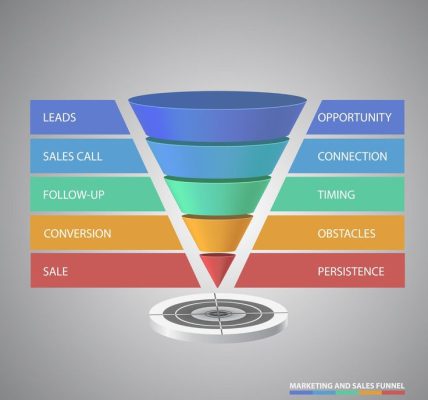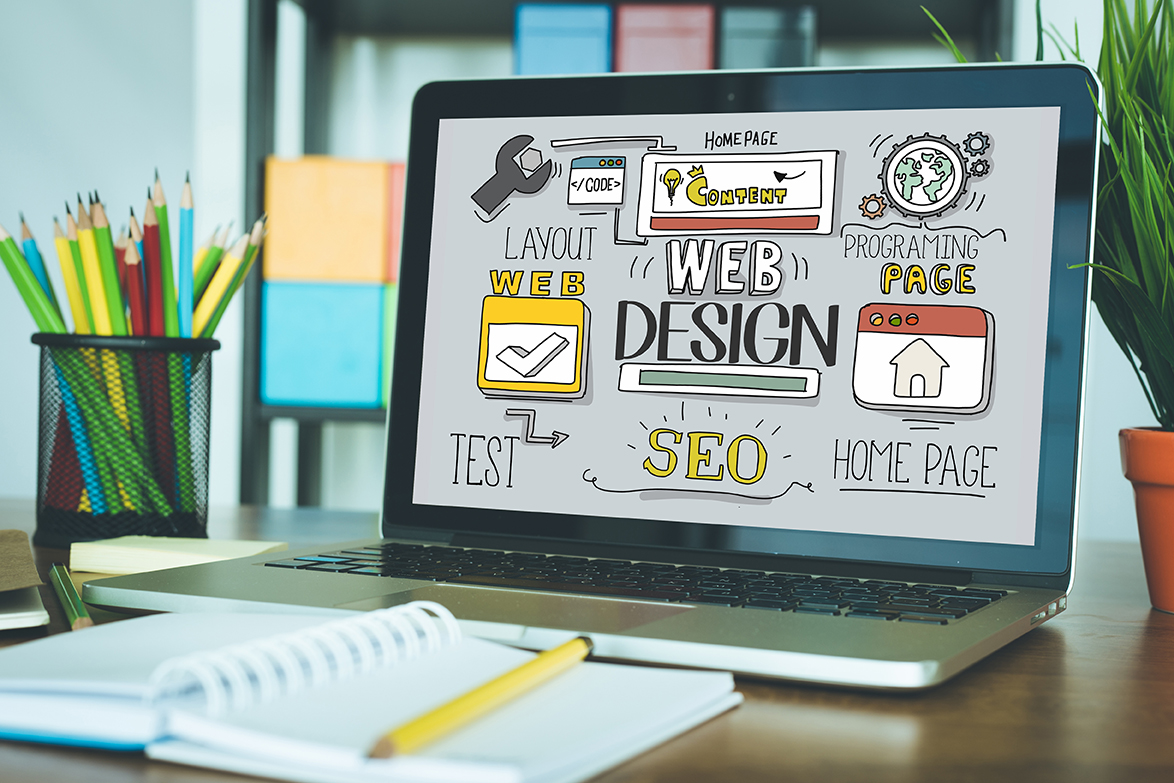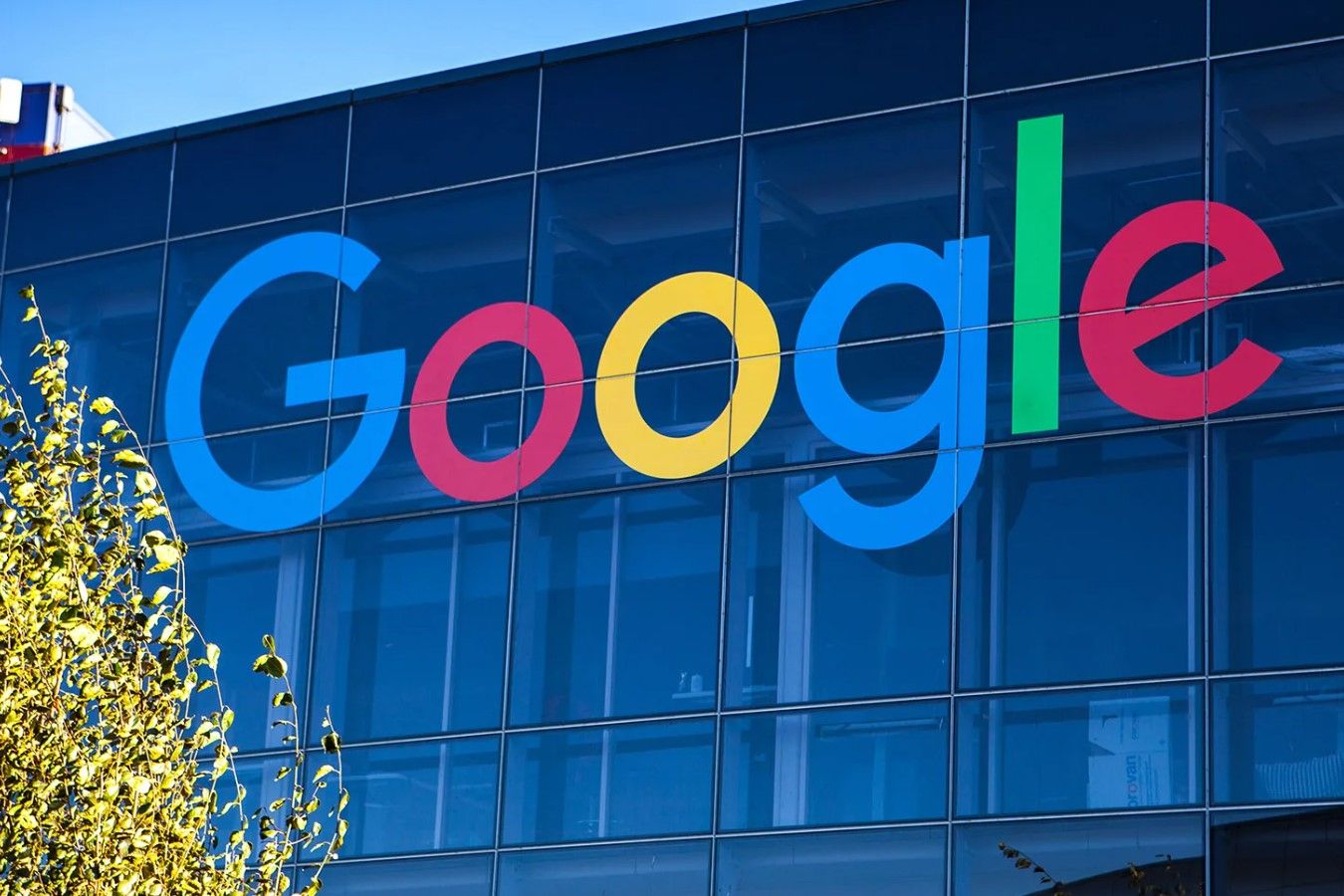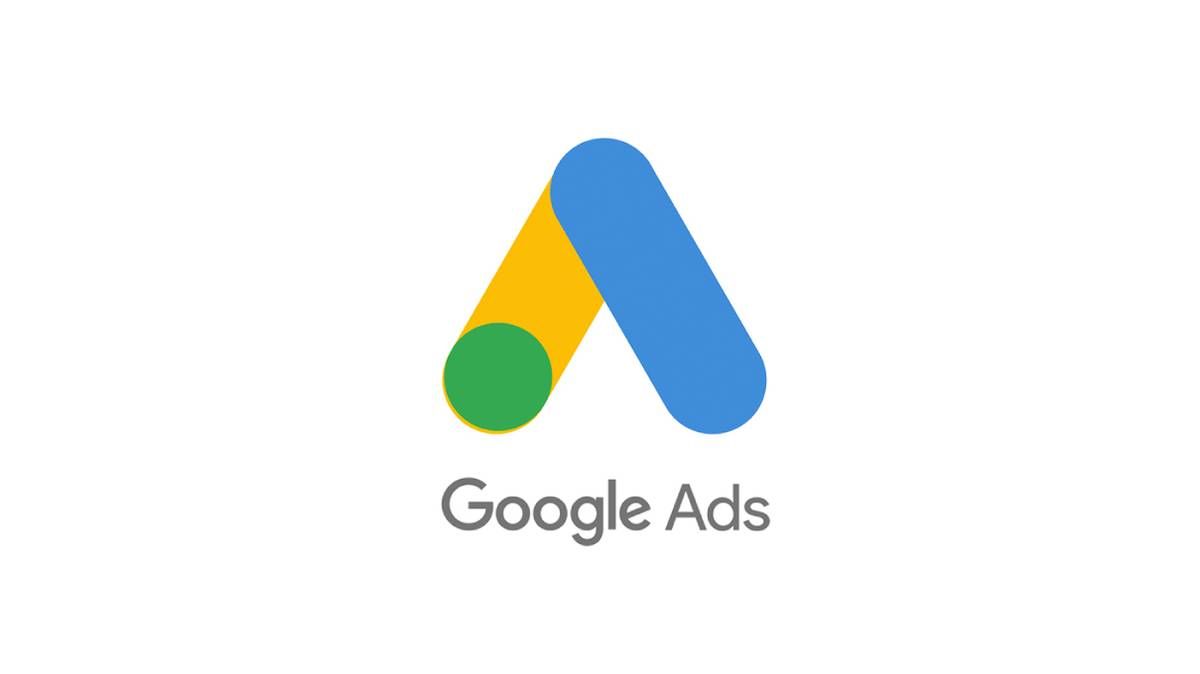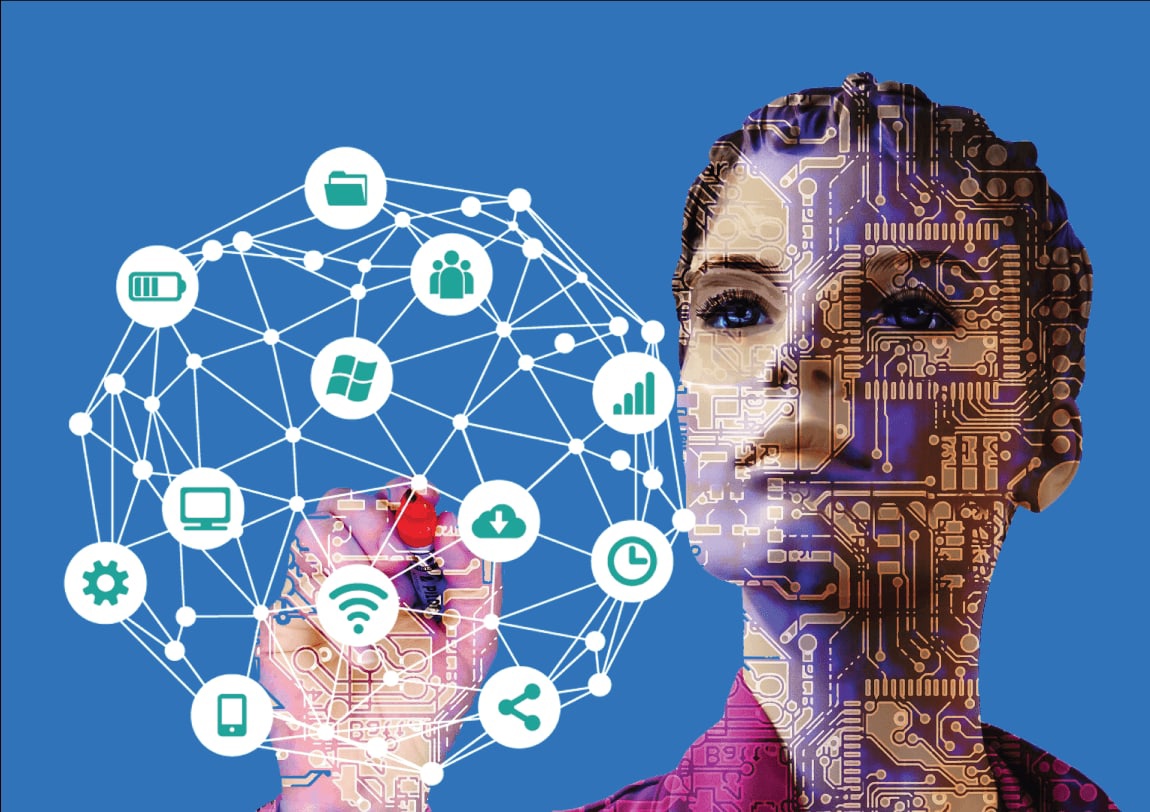Do you have a customer journey map?
Consider the last time you made a purchase…
Not just a commodity purchase like your weekly grocery shopping list for milk and eggs, but something that required some actual thought.
This is essentially the customer journey, the point in which you go from stranger to buyer.
You engage with different brands, assess all your available options, and later make a decision when the time is right.
So this is typically how a product or service is purchased.
You’ve been there. We’ve all been there. And so are your current customers.
And if you’ve mapped the customer journey successfully, you can create an infinite loop of customers…
This means you understand how typical customers interact with your business and identify opportunities for improving the experiences in each stage.
Here’s what you’ll learn…
- The 5 stages of the customer journey
- How to create a customer journey map
- How to use the Customer Journey Loop across multiple strategies
Let’s get started on the customer journey…
What Is The Customer Journey?

The customer journey is the sum of experiences your target customer has when they interact with your brand.
Before someone buys from you, you should be empathetic to the customer’s experience. They want to feel that you understand their needs—understand the journeys.
This is why we create customer personas to understand their goals, challenges, and pain points.
From your point of view as a business owner, understanding the customer’s journey means you can identify gaps that aren’t being met for your target customer.
Note: You fill in those gaps with each step of your marketing funnel.
Now onto the customer journey. There are 5 in total.
Now let’s take a look at each stage…
1. Aware

At this stage your target customer becomes aware they have a goal, problem, or challenge and begins looking for a solution.
The solution is how you position your product or service.
Once they’re aware, they look to educate themselves. They want to understand if the problem is worth solving and if it needs to be done now.
How do they look for a solution? They begin by…
- Thinking of businesses they already know who provide solutions
- Reaching out to their personal network, friends, or family for recommendations
- Searching on Google, YouTube, or Amazon
- Asking strangers on Quora or Reddit
Because of this, you want to be found by your target customer to educate them on a solution to build trust, authority, credibility, and be top of mind.
This is done at the Acquisition stage of the sales funnel.
That’s the reason why increasing brand awareness and the acquisition stage of your sales funnel are so important.
2. Consider

At this stage your target customer understands the problem, has decided it’s urgent, and they begin analyzing which solution out of the ones researched is worth the purchase.
Keep in mind, you want to engage your target customer by teaching them about the solution, your solution; and positioning yourself as the emotional and logical choice for a purchase.
So, emotionally it needs to hit those deeper benefits, not just the obvious ones, of the purchase. Logically, it needs to have the features that solve the problem
What goes through their mind during consideration?
- Is the problem big enough to warrant a purchase?
- Can I solve it myself?
- Do I trust them (you) enough to buy?
- Why should I buy from them (you) over others (your competitors)?
At this point you may want to engage with them by offering a smaller investment up front, such as a low-risk purchase or an investment of time with you. Otherwise, the core product or service is always shown as an option.
This is done at the Activation stage of the sales funnel.
3. Decide

At this stage your target customer makes a decision.
Remember, you want to really drive the message that has gotten them to engage with you. Really stress the desired end result and address any objections to a purchase.
They’re motivated by…
- Urgency
- Scarcity
- An irresistible offer
They’re looking for a reason to pull the trigger and you’ll want to give them the nudge that they need.
This is done at the Conversion stage of the sales funnel.
4. Repeat

At this stage your target customer has bought from you once and they’re looking to do it again.
If you’ve delighted them with your products or service, your customer service; the repeat purchase will happen.
Sometimes, you can even up-sell or cross-sell them on other things.
Of course, you’d have to offer a value ladder, a wide range of products or services at different price points.
5. Refer

At this stage, your target customer has been so delighted by the entire experience that they begin to advocate for your brand and refer you to other people in their network.
Why is the customer journey important?
As you can see, the customer journey gives us insights into the actions and values consumers have.
Therefore, with this we can create a better marketing funnel that will meet them every step of the way to provide value.
Without these insights, only assumptions are made without proof.
How To Create A Customer Journey Map
The customer journey map is a visual representation of your customer’s journey that allows you to create a strategy within each step of your marketing funnel.
I’ve developed a model I call the Customer Journey Loop…
The Customer Journey Loop

The Customer Journey Loop from the SparkAccelerator™ program.
If you mapped out the 5 stages of the customer journey, you’d find that in each step, you’ll need to meet a few requirements.
For instance, you’re looking at your overall marketing campaign…
- Aware – capture personal information with a lead magnet to acquire leads
- Consider – sell (time or money) your front-end offer to activate prospects
- Decide – sell your back-end offer to convert customers
- Repeat – increase frequency with an up-sell or cross-sell to continue sales and increase AOV
- Refer – create brand advocates with a referral program so that they advocate for your business
What if you’re looking at your copywriting…
- Aware – create problem awareness
- Consider – product/service pages communicate your unique selling proposition
- Decide – offers communicate the desired end result
- Repeat – you ask for your customer to purchase again, move them up the value ladder
- Refer – you ask for your customer to refer
How about you’re looking at your content strategy…
- Aware – blog content educates, demonstrates, and entertains
- Consider – your product and services are positioned as solutions in a non-salesy way within the post
- Decide – the post has a call to action at the end with a lead magnet
- Repeat – link your other blog posts within the post so reader delves deeper into other content
- Refer – ask readers to share your content on social media
And if you’re looking at your PPC advertising strategy…
- Aware – create a lead generation campaign
- Consider – advertise a webinar or front-end offer
- Decide – retarget Consider-stage prospects to the back-end offer
- Repeat – retarget or email past purchases
- Refer – email your best customers and create a referral program
You can do the same with SEO, social media, CRO…
…and so on and so forth.
So customer journey mapping is made easy with the Customer Journey Loop to use as a guide for formulating your strategy for each marketing channel.
To conclude, now it’s your turn to map your customer’s journey…
